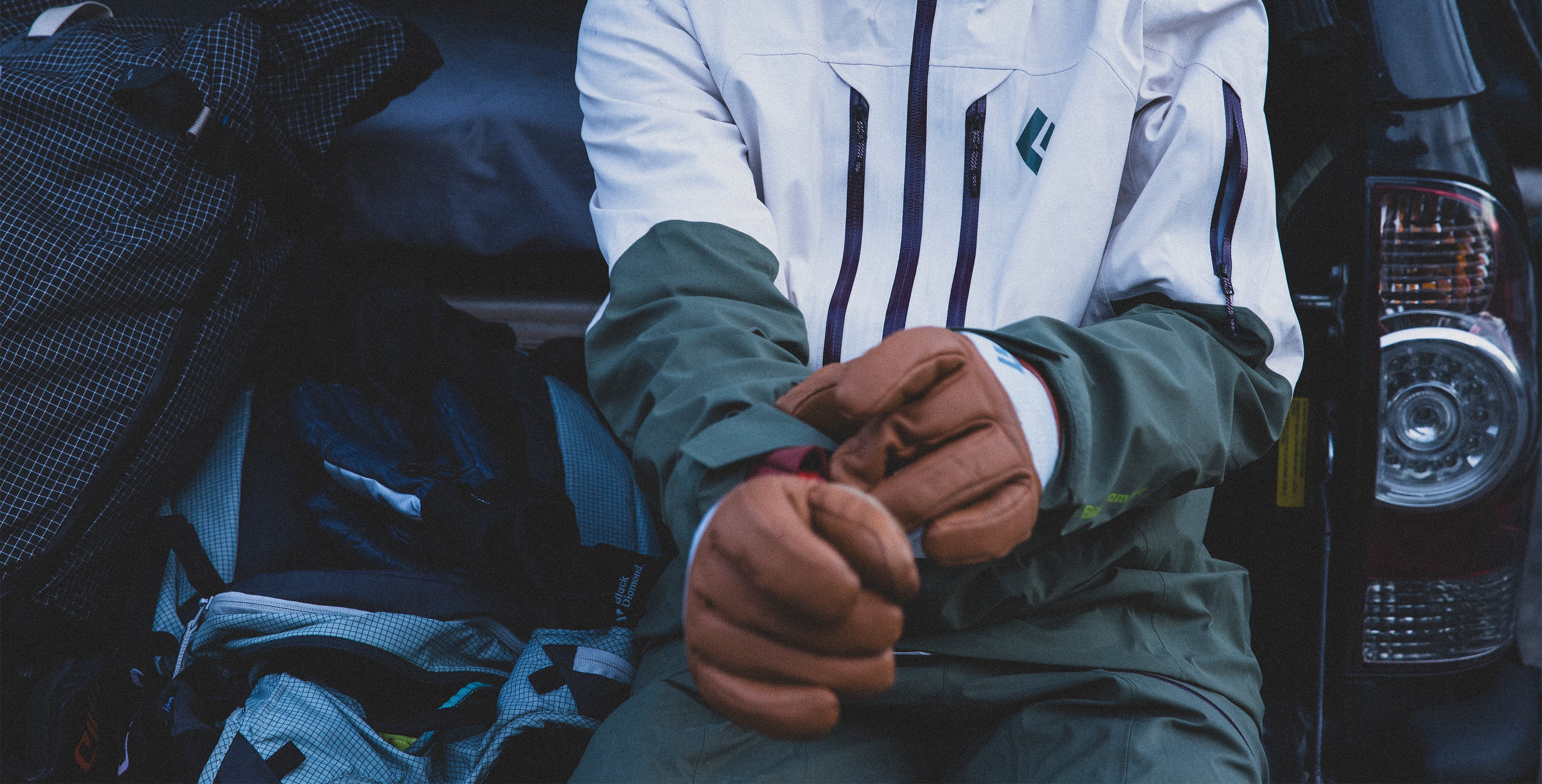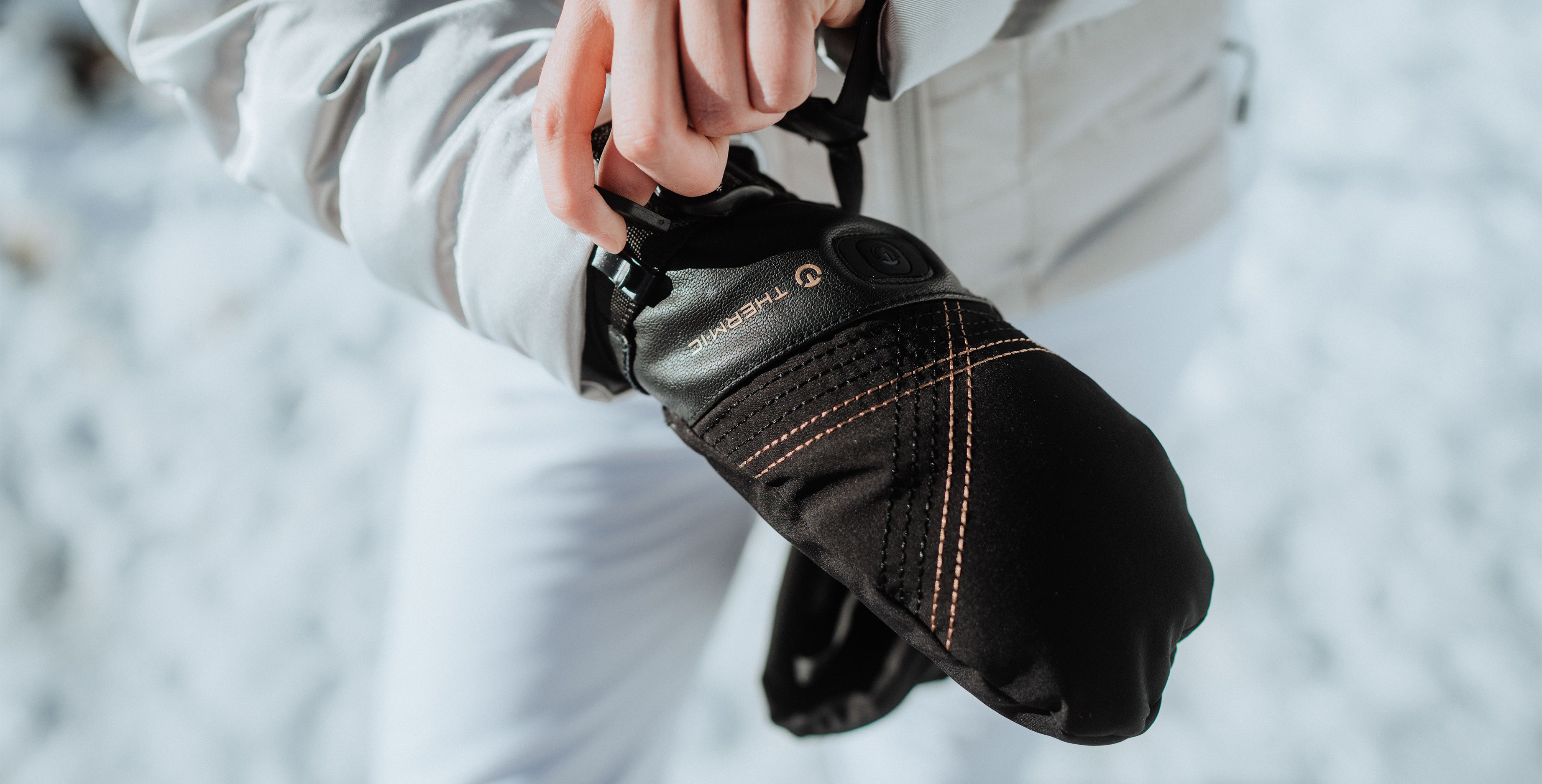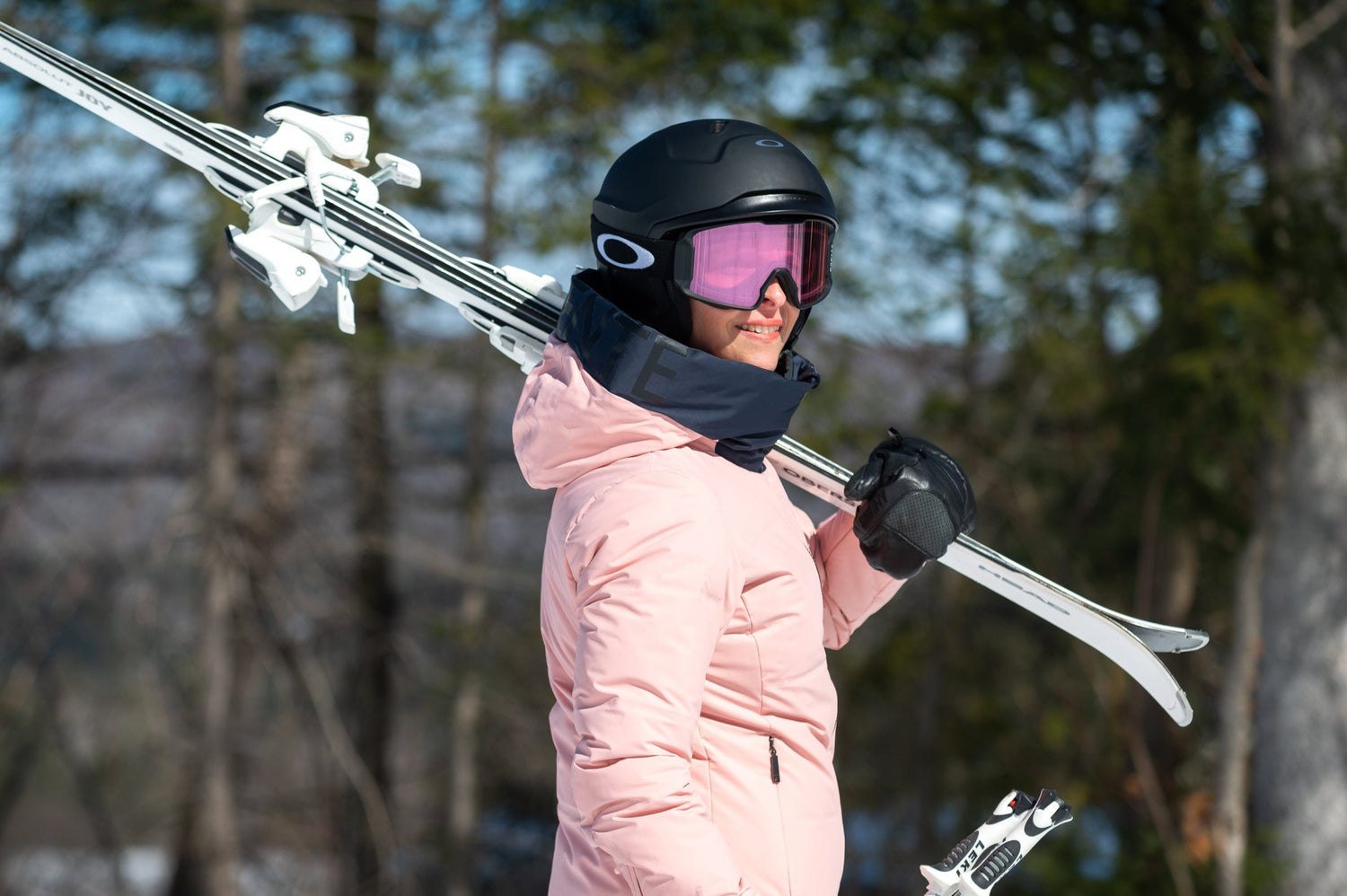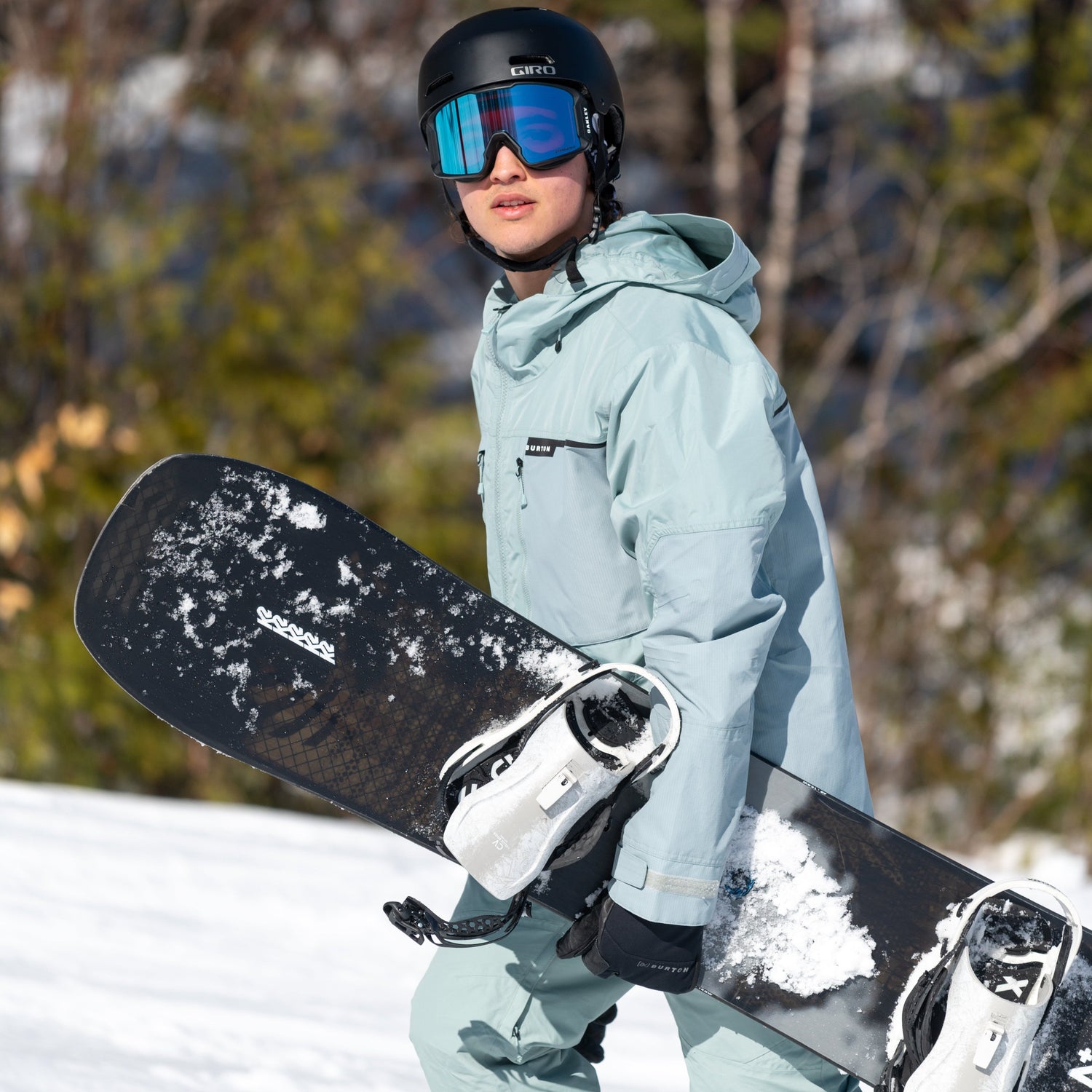1. Gloves or Mittens?
The choice of wearing gloves or mittens is a matter of personal preference. That said, you can select one or the other based on various criteria, such as your level of cold tolerance and need for dexterity. People whose hands get cold quickly should use mittens. The fingers are in contact with each other, which retains heat better. However, gloves also provide enough warmth for many people, especially in mild weather. Next, you should think about your need for dexterity. Gloves are much more enjoyable if you’ll be handling gear regularly.

2. How to Choose Your Size?
Choosing the right size gloves or mittens impacts your ability to stay warm. If they’re too tight, blood circulation can be restricted, which means your hands will tend to get cold. Conversely, a glove or mitten that’s too big can let in cold air or snow.
Choosing the right size for your hands is simple. Here are the steps for trying on a glove or mitten in a store:
- Put on the accessory.
- Make a fist with your hand.
- With your free hand and while keeping your fist closed, check to be sure that there’s a gap between your fingertips and the seam.
- Make sure the insulation on the sides isn’t compressed.
- Make sure there is at least 1 cm of space at the fingertips and on the sides of the hands.
That’s it! If you’re making an online purchase, size guides are great tools for choosing the right size.

3. Insulation in Gloves and Mittens
There are two types of insulation: synthetics and down. Ideally, you should have a few pairs of mittens and gloves to adapt to weather conditions.
Synthetic insulation wicks moisture while trapping maximum warmth. This insulation is perfect if you sweat a lot and for wet conditions. Down offers outstanding warmth in frigid temperatures but is more susceptible to moisture.
You’ll also find non-insulated gloves and mittens. These models are great for high-intensity outdoor activities, such as touring and cross-country skiing. Multilayer mittens are another excellent choice for strenuous activities. In this case, the mitten features a separate liner glove, which makes it easy to manage your level of warmth.

4. Outer Membranes
Since skiers face not only the cold but also wind and snow, gloves’ and mittens’ outer membranes need to be waterproof to offer maximum protection. There are different synthetic membranes, such as Gore-Tex, that ensure waterproofness and breathability. Many brands have their own membranes that are also highly effective. In addition, some models are designed with leather.

5. Features of Gloves and Mittens
Cuffs
Gloves’ and mittens’ cuffs are either short or long. Shorter ones are designed to be worn under jacket sleeves, and longer ones will fit over them for additional waterproofness.
Wrist Adjustment
Whether you can adjust them with a drawstring or Velcro, adjustability is always good for the most possible comfort.
Reinforcements
Some gloves and mittens have reinforced fingers or palms for better resistance to wear and tear.
Touchscreen Compatibility
Because mobile devices are a part of everyday life, technology now exists that allows you to use a touchscreen without removing a glove or mitten.

6. Heated Gloves and Mittens
For some people, heated ski gloves and mittens are true revelations. Featuring a heating system with a rechargeable battery, these heated products ensure optimal comfort on cold days.
To find out if heated ski gloves are right for you, check out our article Heated Ski Gloves: Everything You Need to Know.

7. Care of Gloves and Mittens
When you get home after a day of skiing, don’t forget to dry your gloves and mittens. Drying them in the open air near a heat source is ideal. Don’t place them directly on a radiator.



